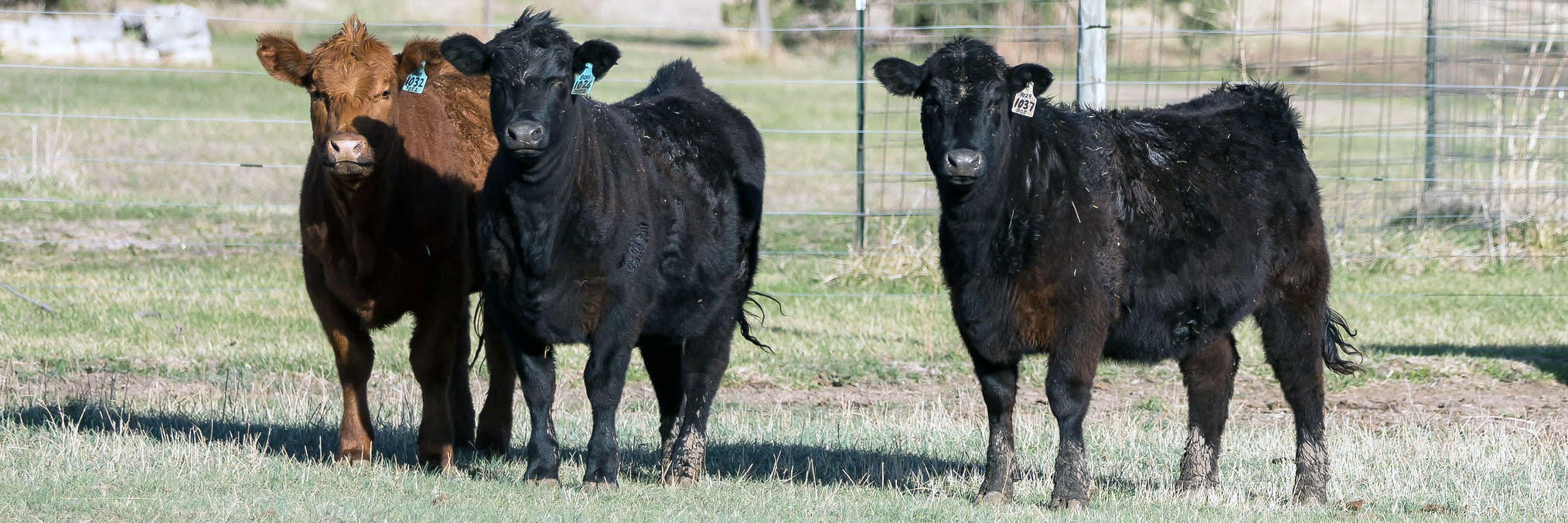
Alternative watering sources can help reduce time that cattle spend in riparian areas, and can have a major impact on the water quality of a stream or pond.
K-State releases guidelines for on-farm alternative water sources
Publication outlines ways to safeguard Kansas resources, provide water for grazing livestock
At a glance: A team of Kansas State University watershed specialists have revised a publication with tips on how to safeguard the state’s water resources while providing grazing animals with the water they need.
More information: Carol Baldwin, 785-532-0416, carolbaldwin@ksu.edu
Related: Waterers and Watering Systems: A Handbook for Livestock Producers and Landowners
April 3, 2024
By Pat Melgares, K-State Research and Extension news service
MANHATTAN, Kan. – A team of Kansas State University watershed specialists have revised a publication with tips on how to safeguard the state’s water resources while providing grazing animals with the water they need.
Herschel George, who retired in 2020 as a K-State watershed specialist in southeast Kansas, said the publication, Waterers and Watering Systems: A Handbook for Livestock Producers and Landowners, is “designed to assist (agricultural) producers see alternatives to watering livestock from streams, or giving them direct access to the farm pond.”
“Livestock have a major impact on the water quality of a stream or pond,” George said. “By providing livestock with an alternative watering tank versus direct access to a pond or stream, 80% of the livestock will drink from the tank and thus reduce the time livestock spend in a riparian area.”
George is a co-editor of the publication with Carol Baldwin, a range specialist in K-State’s Agriculture, Natural Resources and Community Vitality unit. Baldwin said there are numerous options for supplying water to grazing livestock; many of those are outlined in the 173-page publication.
“Whether it’s simple or complex, a well-thought-out plan can protect Kansas’s water resources while providing the water that animals need,” Baldwin said.
George added that the ideas and illustrations provided in the publication are applicable for large and small producers; and cattle, sheep and goat producers. He likened the publication to holiday-themed catalogs from retail merchants that were popular in the 1980s.
“It’s a book full of new ideas that a producer can consider to install on their own farms,” George said. “We hope the handbook will inspire producers to try a different approach to providing water to their livestock.”
The publication is available online from the K-State Research and Extension bookstore, and may also be available at local extension offices in Kansas.
***

K‑State Research and Extension is a short name for the Kansas State University Agricultural Experiment Station and Cooperative Extension Service, a program designed to generate and distribute useful knowledge for the well‑being of Kansans. Supported by county, state, federal and private funds, the program has county extension offices, experiment fields, area extension offices and regional research centers statewide. Its headquarters is on the K‑State campus in Manhattan. For more information, visit www.ksre.ksu.edu. K-State Research and Extension is an equal opportunity provider and employer.